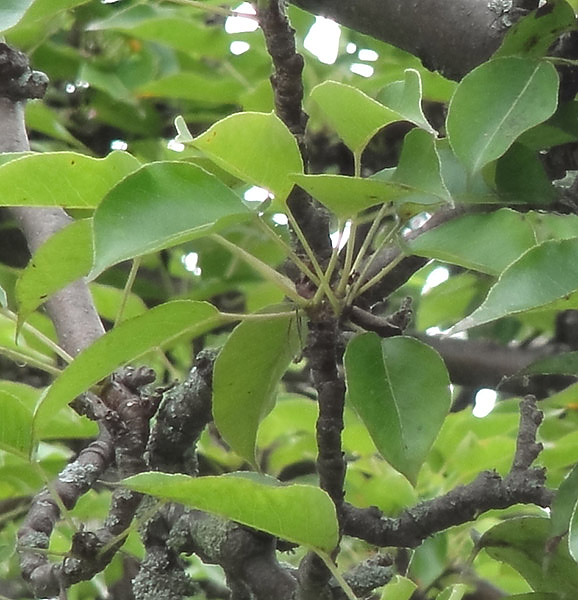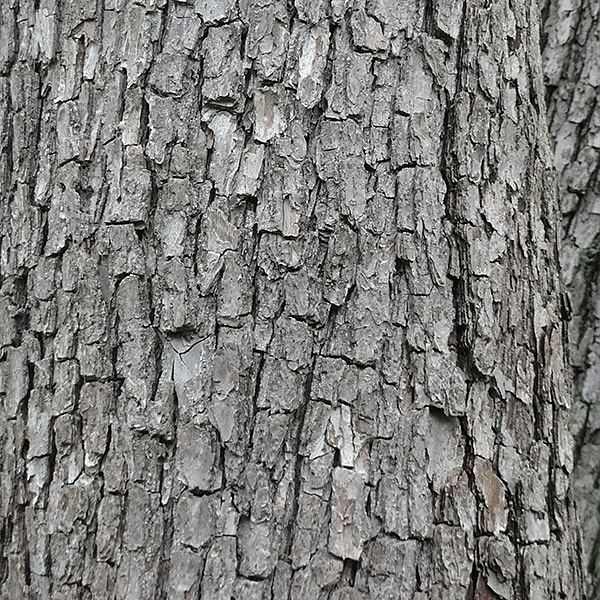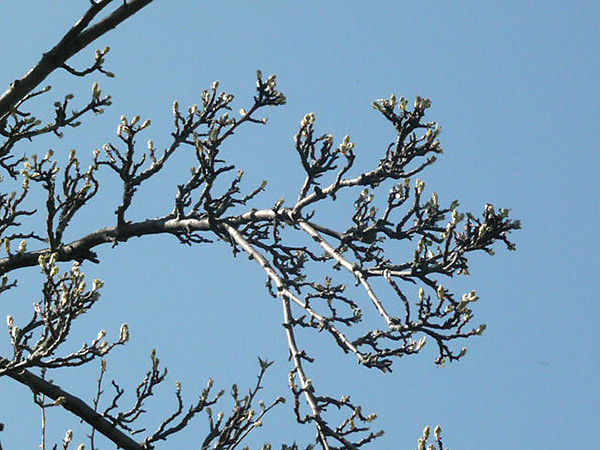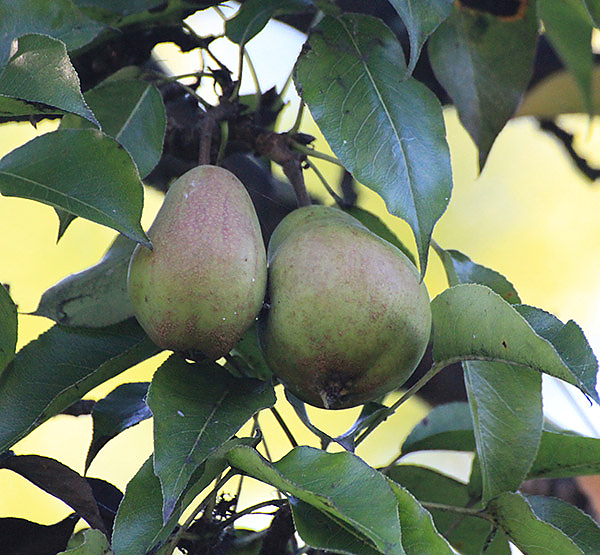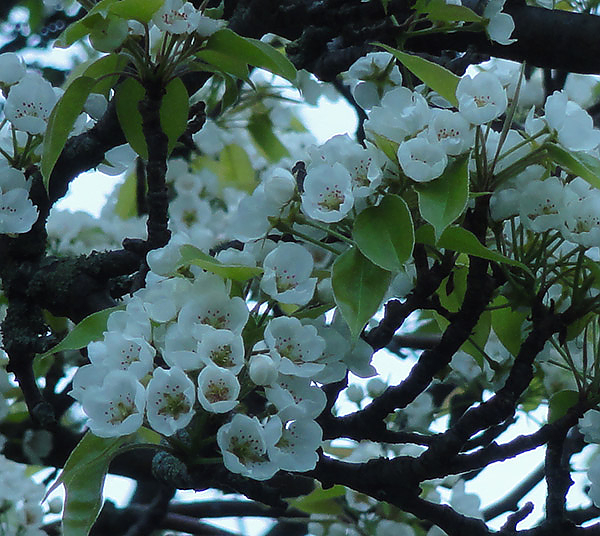Identification:
Leaves—
long, curled, dull green color
Twigs—
not too thin, dark reddish-brown
Flowers—
small white and purple clusters
Fruit—
bright green pears
Bark—
smoother bark, dull chestnut color
Natural History:
Lifespan—
About 50 years.
General description—
This very sweet tasting and versatile fruit usually grows in temperate places. (However, they are not as popular as apples.) They can rather to grow since farmers have to wait for so long before the pears become truly ripe and tasty.
Natural distribution and habitat—
Originally from Eurasia
Conservation status—
These trees are easily killed off by the fire blight disease. They are easily sensitive to insects and diseases like their other family members in the Rose family, so many of them have been dying.
Uses—
Used for food items and ornamental trees.
